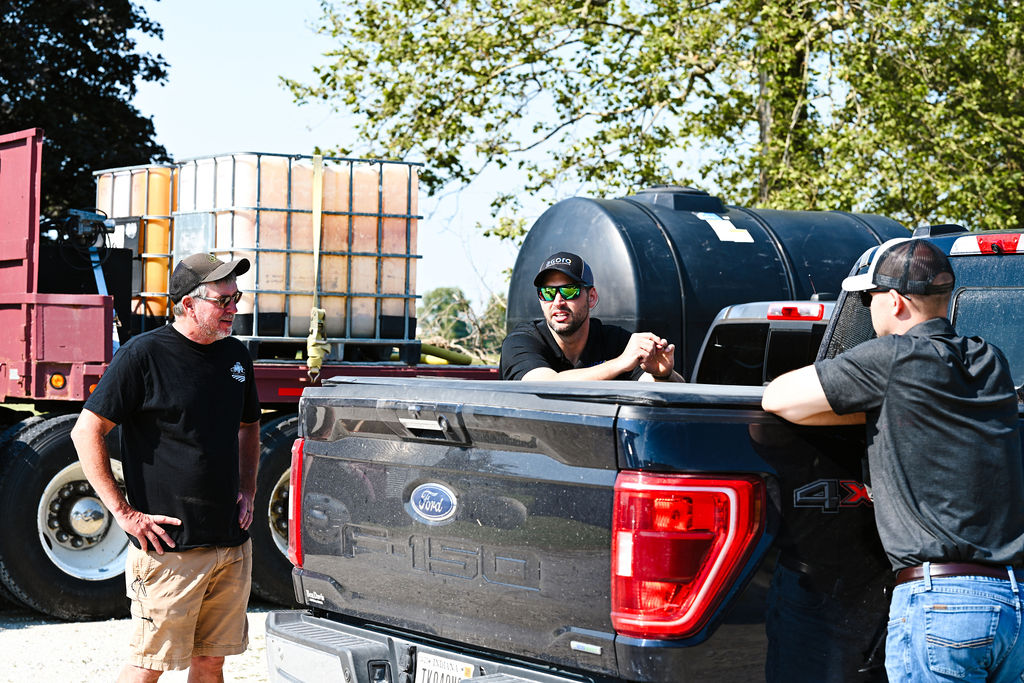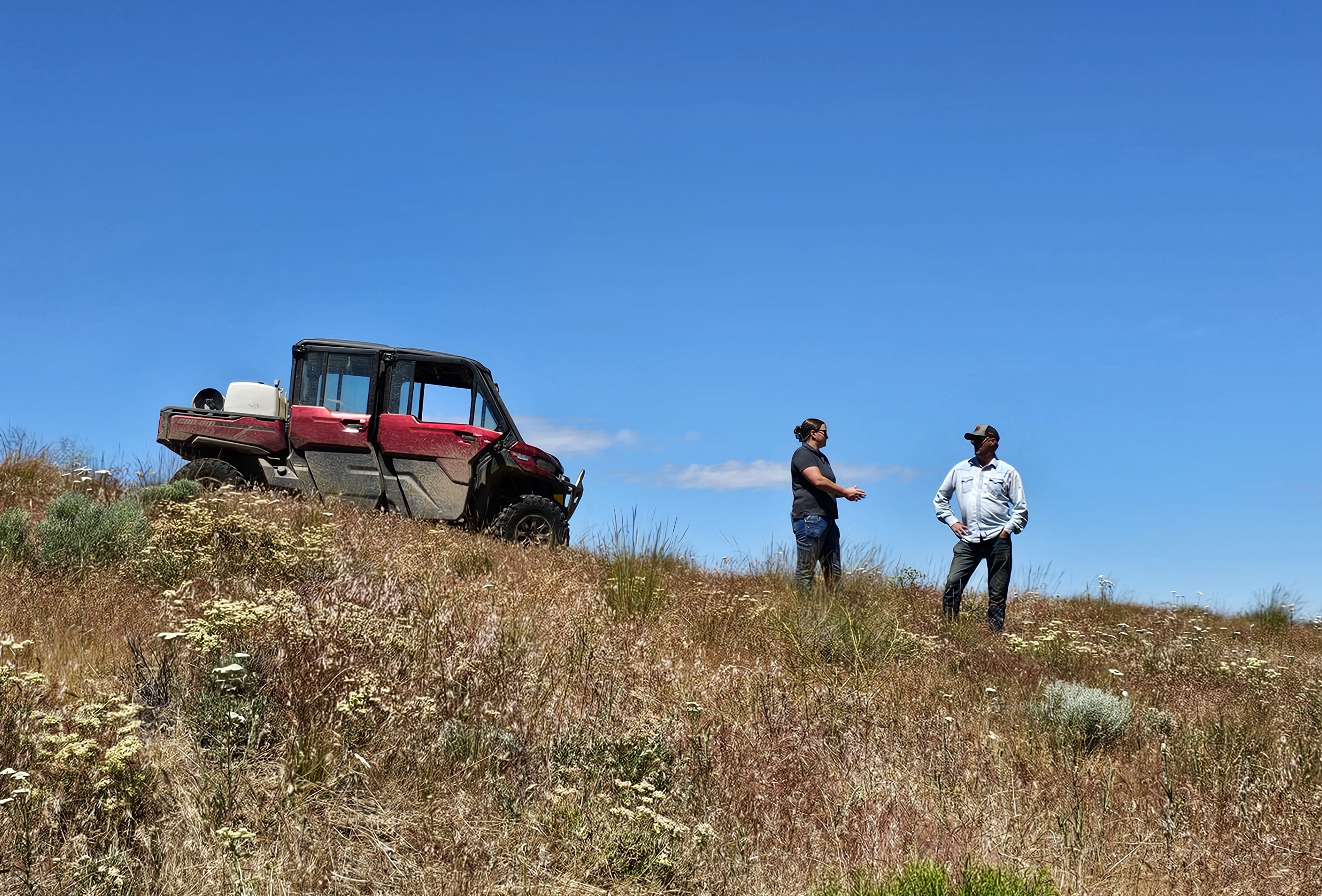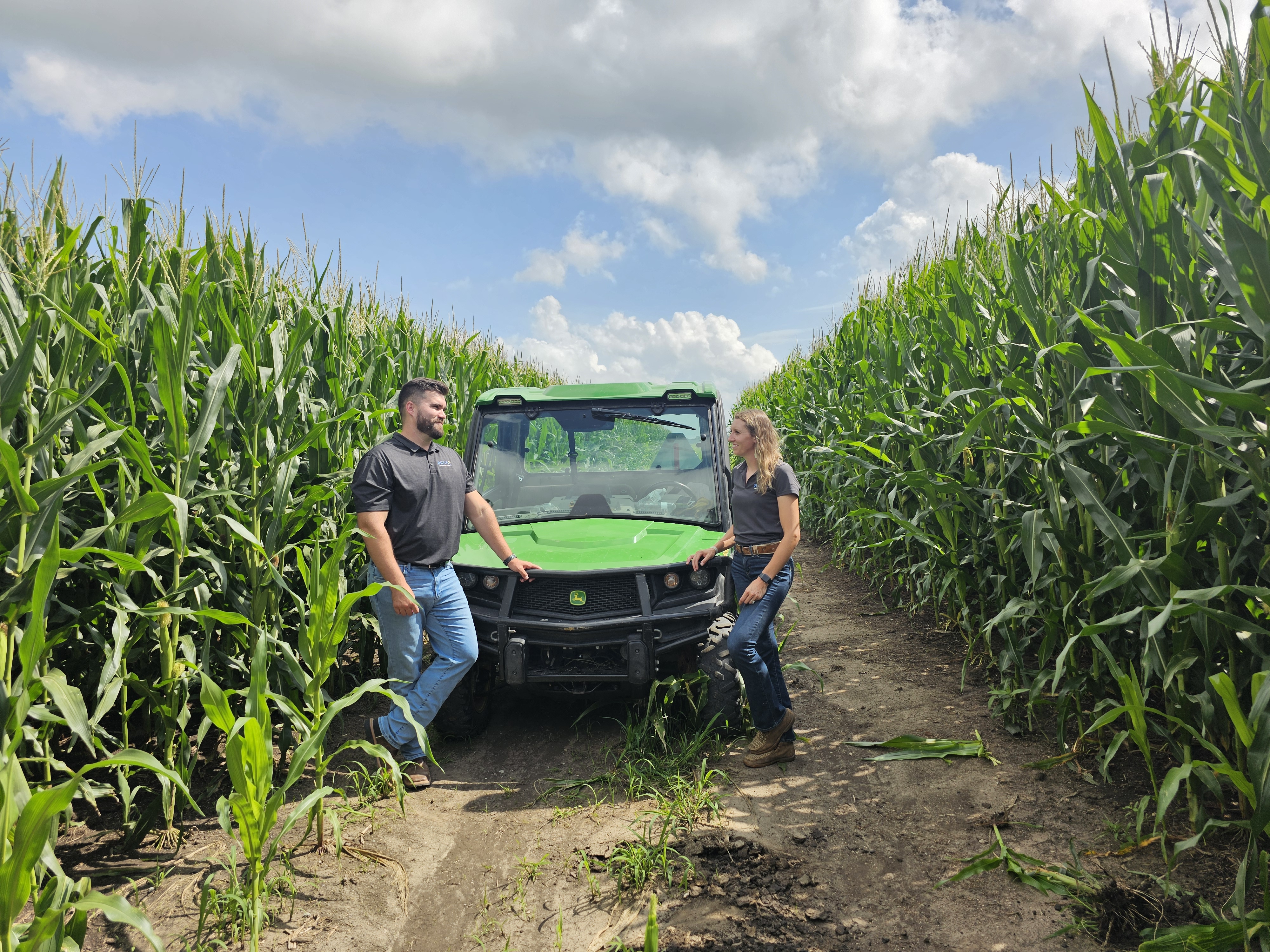Crimson Clover is currently one of the most popular species of cover crop legumes in the corn belt. It is a relatively economical, robust, and efficient ground armoring cover crop. Additionally, a great nitrogen producer for use in the off-season before a nitrogen-demanding cash crop. In northern corn belt climates it will winterkill fairly reliably (typically takes about 50 F). The amount of nitrogen produced depends significantly on the window of fall growth and how much biomass is produced. It is most effective in these northern climates after a winter wheat crop is harvested in the summer- giving ample time to grow to a height of 12-18”. There can still be worthwhile benefits to placing crimson clover after soybean or silage before a nitrogen-demanding crop, as it boasts fast germination and robust growth in cool autumn temperatures. In addition, it’s often one of the most economical legume species to choose from.
Seeding rate recommendations typically run about 10-20#/acre of PLS when seeded alone. At the upper end of the stand-alone rate (and with good establishment conditions), you will also see weed suppression benefits. Those PLS rates drop to around 6-12#/acre when seeded with a grass companion. It pairs very well with oats at about 30-50#/acre(of oats in addition to the clover) for a very quick starting winterkilling mix- avoiding an extra spring burndown pass to terminate the cover crop. Barley can be substituted for oats in this mix for more cold tolerance, but will still winterkill. In some winters, this substitution will allow for one or two more weeks of growth before the grass will frost off.
In mild winters, or as you move further south towards warmer climates, there is a possibility of crimson clover overwintering. If this is the case, it is typically terminated easily with a pass of 2,4-D or dicamba mixed with glyphosate.
Crimson clover is one of many cover crop choices. Like any species, there are areas it excels and areas in which it falls behind others. When developing a cover crop blend, it’s helpful to have a goal in mind to guide you in selecting species, as not all species are a fit for every scenario. Refer to ‘Corn Belt Cover Crop Selection’ on the Carbon Farming Knowledge Hub for more details, or reach out to your local Agoro Carbon agronomist.



